Spectroscopic technique used to study vibrational, rotational, and other low-frequency modes in a system. In this technique the monochromatic (laser) light interacts with excitations in the system (molecular vibrations, phonons or other), in result the energy of the laser photons being shifted. The difference in energy between the original state and this new state leads to a shift in the emitted photon’s frequency away from the excitation wavelength. Analysis of the shift in energy provides data about the vibrational modes in the system, which defines the measured substance. The Raman effect occurs when light impinges upon a molecule and interacts with the electron cloud and the bonds of that molecule.
If the final vibrational state of the molecule is more energetic than the initial state, then the emitted photon will be shifted to a lower frequency in order for the total energy of the system to remain balanced. This shift in frequency is designated as a Stokes shift. If the final vibrational state is less energetic than the initial state, then the emitted photon will be shifted to a higher frequency, and this is designated as an Anti-Stokes shift. Raman scattering is an example of inelastic scattering because of the energy transfer between the photons and the molecules during their interaction.
Applications
- Detection and identification of suspicious chemical substances, narcotics and explosive materials (np. ACE ID).



